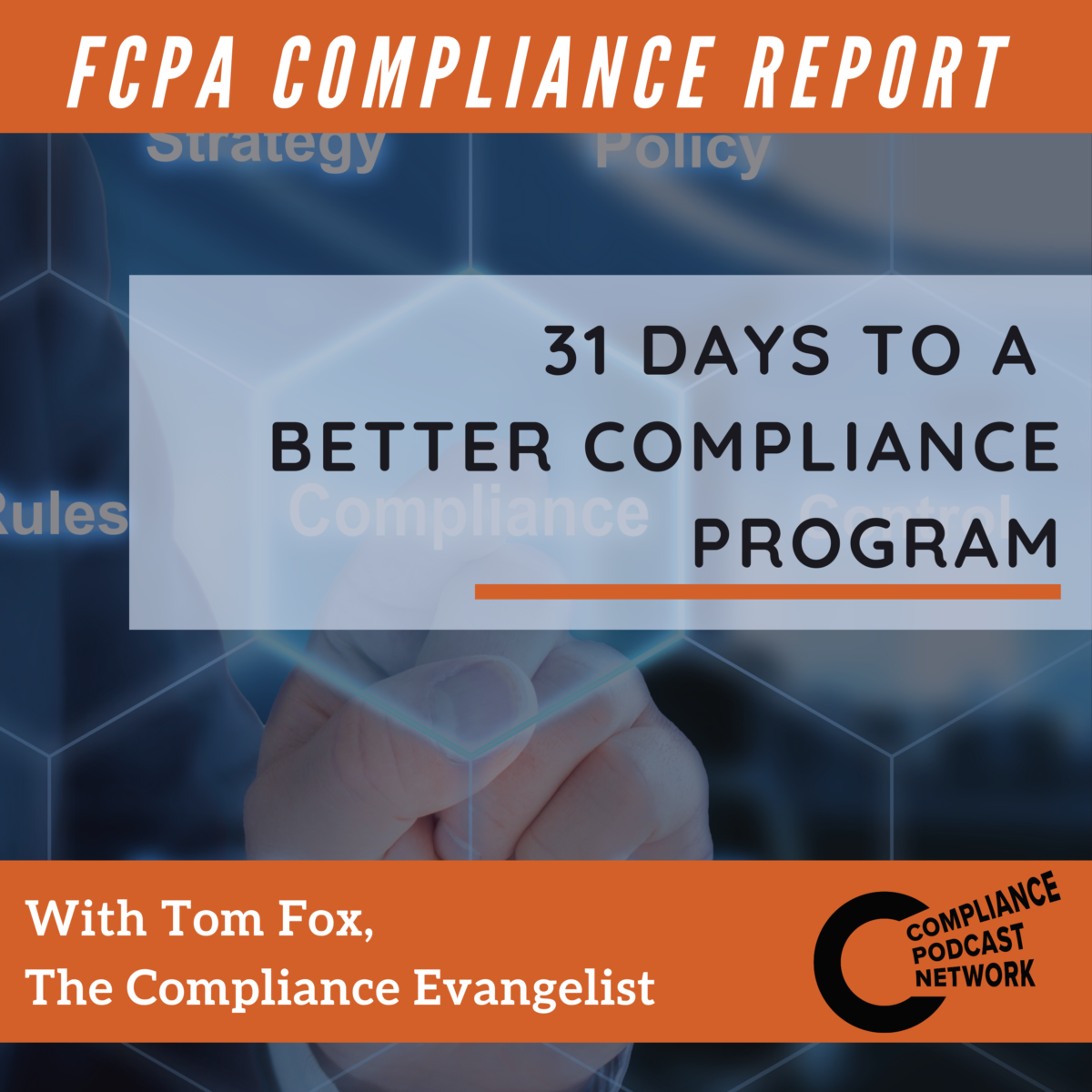Operationalizing compliance is the crucial step in creating an effective compliance program within an organization. It involves cascading compliance goals to all levels of the organization and fostering a culture of compliance. This process requires clarity and comparability of goals, focusing on high-risk areas first, and gradually expanding initiatives. Ethical business conduct should be a top priority, with HR playing a key role in attracting and developing talent. Continuous improvement and performance tracking are also crucial for identifying gaps and developing key compliance indicators.
Root cause analysis is a key process in identifying the reasons behind compliance failures and implementing effective solutions. It involves understanding what allowed the compliance issue to arise, rather than simply assigning blame, and addressing the core issues to prevent future compliance failures. It goes beyond assigning blame and focuses on finding solutions to prevent future failures. Understanding the root cause allows organizations to address the core issues and implement effective measures to ensure compliance.
To operationalize compliance effectively, organizations need to consider several key factors. One of the first factors is the interconnectedness of targets. Compliance goals should be cascaded down to individual workers, ensuring that everyone understands their role in achieving compliance objectives. While tone at the top is important, it is equally crucial to establish an appropriate tone in the middle and at the bottom of the organization.
Clarity and comparability of goals is another important factor. Compliance targets should be clearly communicated and understood by all employees. Complex goals can lead to confusion and hinder the operationalization process. Focusing on high-risk areas first and gradually expanding initiatives can help manage risks effectively and ensure a systematic approach to compliance.
The role of HR in operationalizing compliance cannot be overstated. HR should take the lead in showing that attracting and developing talent who will engage in ethical business conduct is a top priority. By creating the appropriate mindset of doing business the right way throughout the organization, HR can contribute to the successful operationalization of compliance.
Continuous improvement and performance tracking are essential for identifying gaps in the compliance program. Monitoring compliance programs in real-time and reacting quickly to remediate them is crucial. Auditing and monitoring should work in tandem to uncover and evaluate risks. Key compliance indicators, such as hotline or helpline reports, can provide valuable insights into the effectiveness of the compliance program.
While operationalizing compliance is essential, organizations must also consider the impact on employees. Talent acquisition and retention is a critical business function. Retaining top employees who engage in ethical business conduct is crucial for the long-term success of the compliance program. By promoting and rewarding employees who adhere to the code of conduct, organizations can create a culture of compliance and operationalize it fully.
Balancing these factors can be challenging. Organizations must weigh the tradeoffs involved in cascading compliance goals, clarifying goals, and addressing high-risk areas. They must also consider the challenges associated with monitoring and auditing, as well as the importance of root cause analysis and employee retention.
What are the 10 questions you should ask to test, monitor and improve these issues?
- How are compliance goals cascaded down to individual workers?
- Does anyone complain that your compliance targets are too complex?
- How do you deal with repeated compliance failures in a specific business segment or compliance program area?
- How does your company show that attracting and developing talent who will engage in ethical business conduct is a top priority?
- How long is compliance underperforming tolerated?
- What makes it distinctive to work at your company?
- How do compliance programs that are not working typically get exposed and remediated?
- What key compliance indicators do you use for compliance tracking?
- For a given compliance problem, how do you identify the root cause?
- What are you doing to retain your top employees from the compliance perspective?
In conclusion, operationalizing compliance is a key component of an effective compliance program. By considering the interconnectedness of targets, clarity and comparability of goals, the role of HR, continuous improvement and performance tracking, root cause analysis, and employee retention, organizations can successfully operationalize compliance and prevent future compliance failures. It is crucial to strike a balance between these factors and consider the impact on employees when making decisions about operationalizing compliance and root cause analysis.









